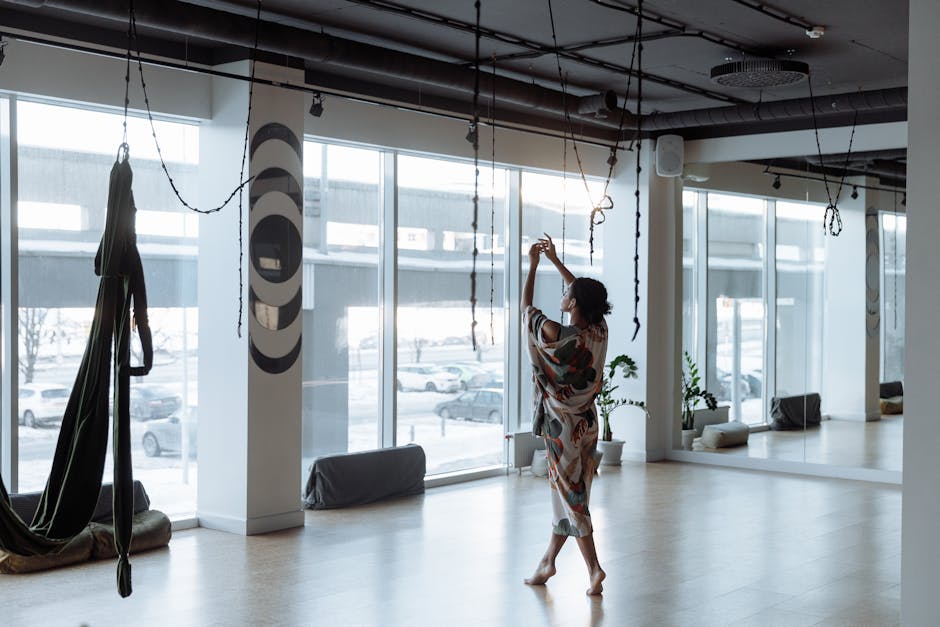Introduction to Yoga and Flexibility
Introduction to Yoga and Flexibility
Blog Article

Yoga has long been celebrated for its myriad benefits, one of which is enhanced flexibility. This quality is essential not only for physical performance but also for overall health and well-being. Engaging in yoga practices that improve flexibility can lead to better posture, reduced risk of injury, and increased range of motion. In this article, we will explore the relationship between yoga and flexibility, delve into specific poses that promote flexibility, and provide guidance on creating a personalized routine to achieve these benefits.
Introduction to Yoga and Flexibility
The practice of yoga encompasses various physical postures, breathing techniques, and mindfulness, all of which contribute to enhanced flexibility. Flexibility is crucial for maintaining joint health and allowing the body to move freely and efficiently. By incorporating yoga into your fitness regimen, you can achieve greater flexibility through consistent practice, which can also alleviate tension and stress in the muscles.
Key Yoga Poses for Enhanced Flexibility
There are several yoga poses particularly effective for improving flexibility. Below are a few key poses, along with step-by-step instructions and modifications suitable for practitioners at all levels.
1. Downward-Facing Dog (Adho Mukha Svanasana)
Instructions:- Begin on all fours with your wrists aligned under your shoulders and your knees under your hips.
- Spread your fingers wide and press firmly into the mat.
- Tuck your toes and lift your hips up and back, straightening your legs.
- Keep your head between your arms, ears aligned with your upper arms.
- Hold for five breaths, feeling the stretch in your hamstrings and calves.
Modification: If your heels do not touch the floor, keep a slight bend in your knees to avoid strain.
2. Forward Bend (Uttanasana)
Instructions:- Stand tall with your feet hip-width apart.
- Inhale and raise your arms overhead.
- Exhale and hinge at your hips to fold forward, keeping your spine long.
- Allow your head and neck to relax, reaching for the floor or holding onto your elbows.
- Stay in this pose for five breaths, feeling the stretch along your spine and hamstrings.
Modification: Bend your knees slightly if needed to maintain comfort in your back.
3. Pigeon Pose (Eka Pada Rajakapotasana)
Instructions:- Begin in a tabletop position, then bring your right knee forward and place it behind your right wrist.
- Extend your left leg straight back, keeping your hips square to the front.
- Lower your torso over your right leg and rest on your forearms or extend your arms forward.
- Hold for five breaths, feeling the deep stretch in your hips.
Modification: If this pose feels intense, place a blanket under your hip for additional support.
Creating a Yoga Routine for Flexibility Improvement
To effectively improve flexibility through yoga, establishing a consistent practice is key. Here are some tips to create a personalized yoga routine focused on flexibility:
- Frequency: Aim to practice yoga at least three to four times a week. Consistency will yield the best results in enhancing flexibility.
- Duration: Each session can last anywhere from 20 to 60 minutes, depending on your schedule and comfort level.
- Warm-Up: Begin each session with gentle warm-up stretches to prepare your body for deeper poses.
- Cool Down: End your practice with restorative poses and deep breathing to promote relaxation and facilitate recovery.
Incorporating yoga for enhanced flexibility into your life can be a transformative experience. Not only does it improve physical flexibility, but it also encourages mental clarity and emotional balance. By committing to a regular yoga routine, you can enjoy the vast benefits that come with increased flexibility, leading to a healthier and more fulfilling life.
Report this page